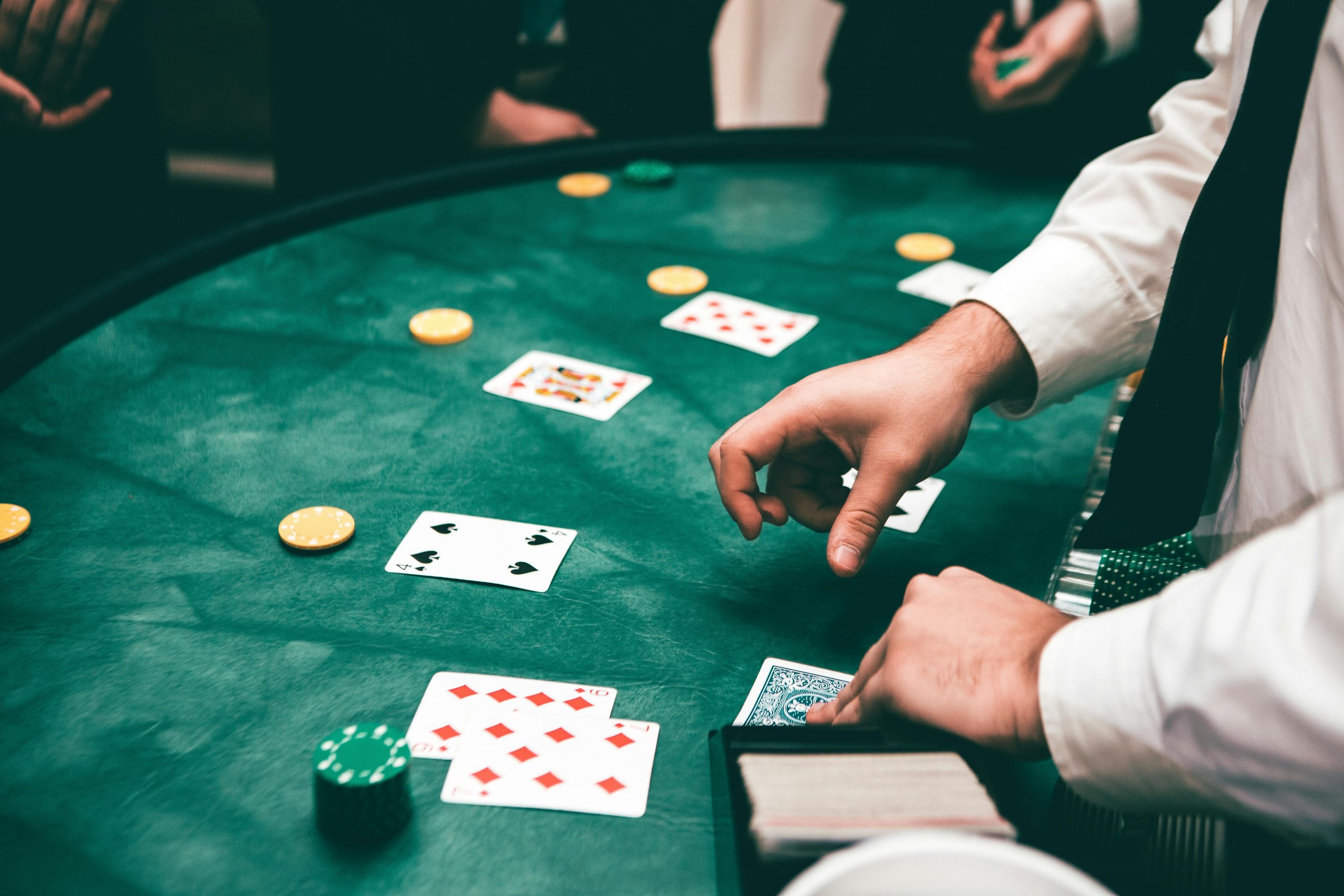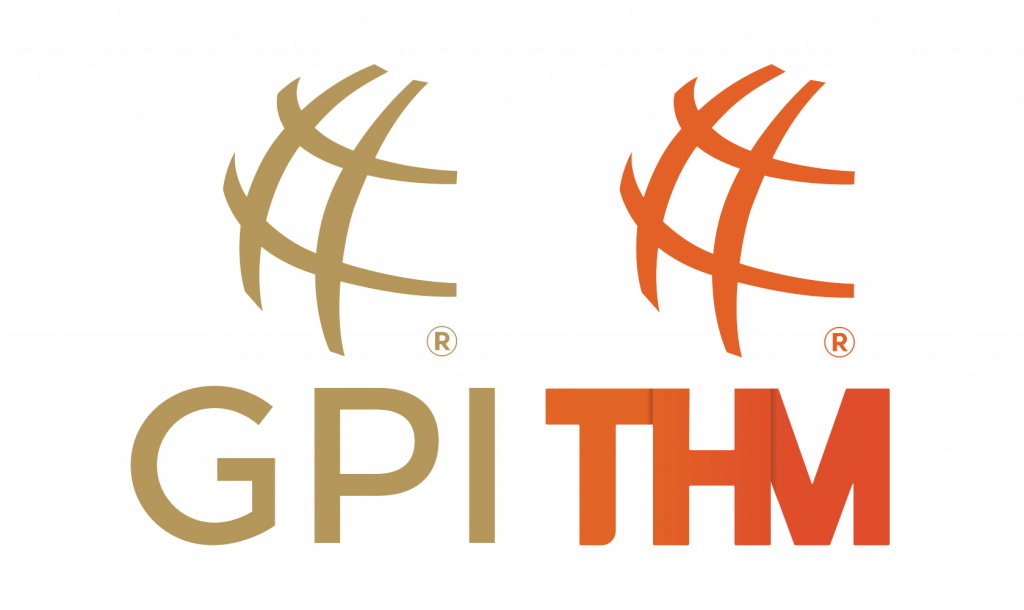
Poker Decisions and the Frameworks Behind Pattern Recognition
Pattern recognition forms the backbone of many decision-making processes. In poker, success depends on understanding trends, interpreting behaviour, and acting swiftly. Professionals build these skills through countless hours of observation and repetition. The game becomes a kind of moving puzzle, where every piece nudged out of place can trigger a different outcome. Recognizing patterns in this context is not unlike solving problems in chess, analyzing financial markets, or interpreting medical scans. Timing, precision, and context matter in all of them.
The Mechanics of Poker and Its Repetition in Different Settings
Poker does not only thrive in live tournaments with green felt and shuffled decks. Many players practise at home, relying on digital alternatives that replicate most elements of the physical game. The rules remain intact, the stakes can mirror those of physical tables, and the unpredictability does not change.
Whether it happens in a neighbour’s living room or through an online casino, the process is essentially the same. Strategy develops just as reliably at a kitchen table as it does under overhead lights in a televised final.
Reading betting patterns, anticipating folds, or spotting irregular betting speed are all habits learned over time. In both physical and digital formats, the game teaches players to balance memory with logic. The screen might conceal body language, but frequency of raises, bet sizes, and timing windows offer their version of a tell.
Pattern Recognition Beyond the Felt
Pattern recognition appears across many disciplines where decision-making depends on prior observation. In chess, players recognize formations that repeat over time, allowing them to act quickly when familiar positions arise. Chart analysts do the same by identifying shapes in market data, using memory to link current signals with previously seen movements. In both cases, the individual responds based on experience with structure, rather than isolated instinct.
Poker operates on the same principle. Players remember how others behave in specific spots, linking timing, bet size, and position to expected outcomes. This memory shapes future actions. Pattern recognition does not rely on perfect recall. It depends on relevant recall. The goal is to notice what fits, not to recount every detail.
Elsewhere, engineers reviewing code often detect inefficient patterns that resemble ones found in older projects. In rhythm-based games, players react without delay because their brains have stored countless variations of the same sequence. Production workers spot irregularities after handling materials for long periods. They do not study the differences directly. They feel them through repetition.
In poker, this internal catalogue grows with every hand played. Betting patterns, board development, and reaction time all contribute. Over time, pattern recognition shifts from spotting something clever to recognizing what no longer looks unfamiliar.
Process First, Outcome Later
Winning one hand means very little without understanding why the hand unfolded that way. The same goes for missing a move that leads to a fold when a call might have worked. Poker requires measured thinking. Impulsive actions often lead to unclear outcomes, just like in other pattern-based environments. There is no substitute for repetition and review.
This applies to software development as well, where developers recognize recurring bugs, inefficient structures, or familiar logic flaws before they escalate. Poker, chess, finance, medicine, and aviation might operate in different arenas. Still, all require people to build internal systems that allow them to respond swiftly when the picture matches something they have seen before.
The takeaway remains simple. Whether it involves cards, charts, or instruments, pattern recognition depends on a framework. Decision-making grows sharper when the mind knows what to look for and has a method to compare possibilities against expectations. In poker, that edge turns decisions into instinct, and instinct into action. The result matters less than the reason behind the choice.
